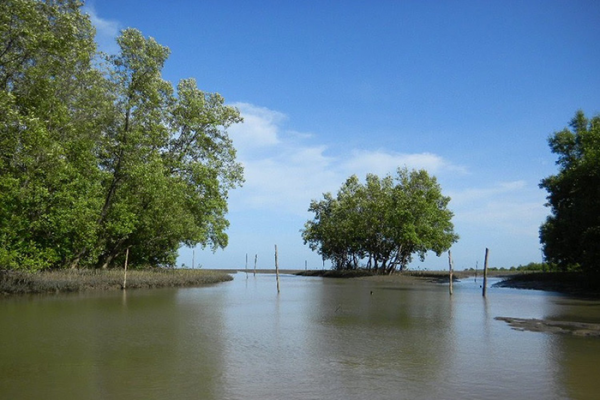Mangrove forests store huge amounts of carbon but figuring out how much is stored globally is challenging. Now, researchers from Japan have developed a new model that uses remote sensing of environmental conditions to determine the productivity of mangrove forests.
In a recent study in Scientific Reports, researchers from the Institute of Industrial Science, The University of Tokyo, developed a model to assess the productivity of coastal mangroves in China. Mangroves grow along tropical coastlines and are regularly inundated by seawater. These unique species are well adapted to tropical coastal habitats and have special features such as aerial roots and salt-tolerant tissues that enable them to thrive under dynamic conditions. As a result, the productivity of mangrove forests is influenced by a range of environmental factors, such as sea surface temperature, salinity, and photosynthetic active radiation.
In the past, light use efficiency models have been used to assess the productivity of terrestrial forests but there are no such models for more complex mangrove ecosystems.
"Previous attempts to model mangrove productivity have used field measurements and produced estimates at a local scale," says lead author of the study, Yuhan Zheng. "But to truly understand the capacity for mangroves to store carbon, global assessments are needed, and these require measurements of environmental conditions on a much larger scale."
Read more at: Institute of Industrial Science, The University of Tokyo
Researchers from the Institute of Industrial Science, The University of Tokyo, have developed a model to explore carbon storage in mangrove forests. (Photo Cedit: Institute of Industrial Science, The University of Tokyo)


